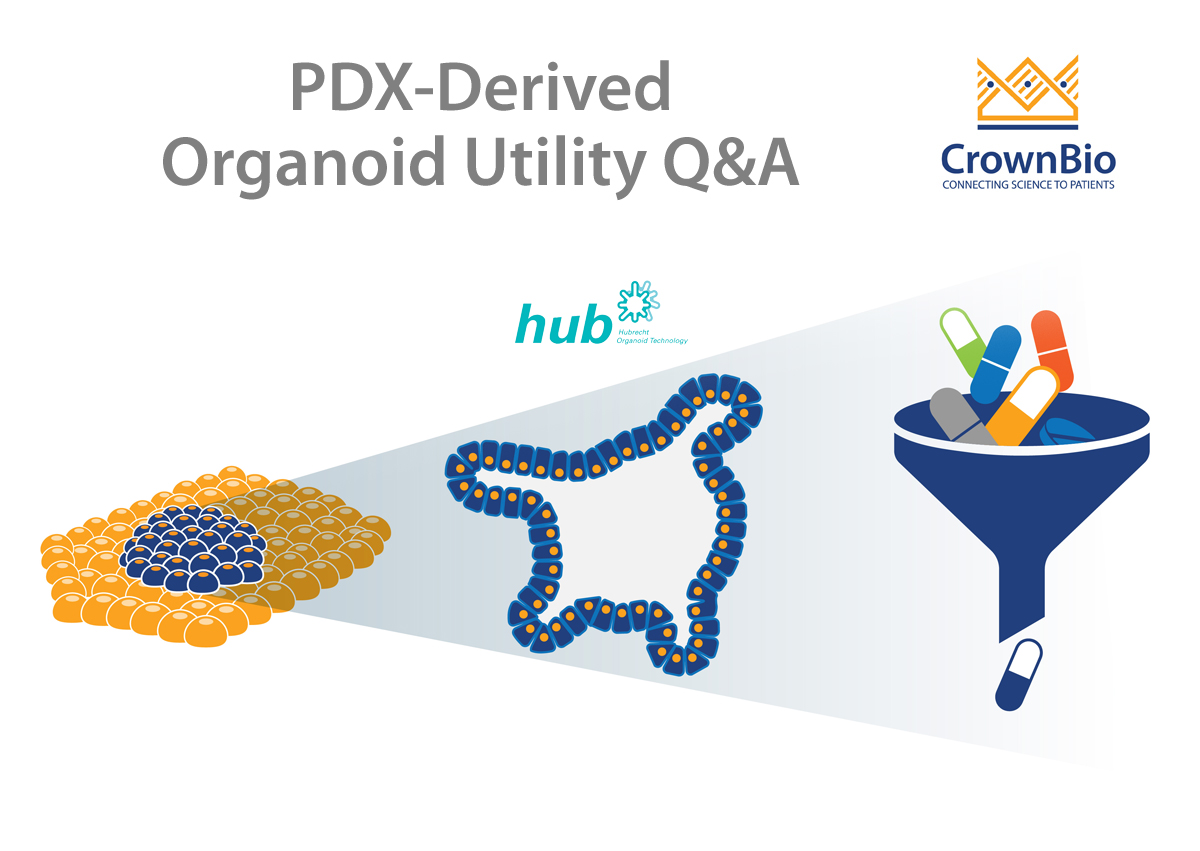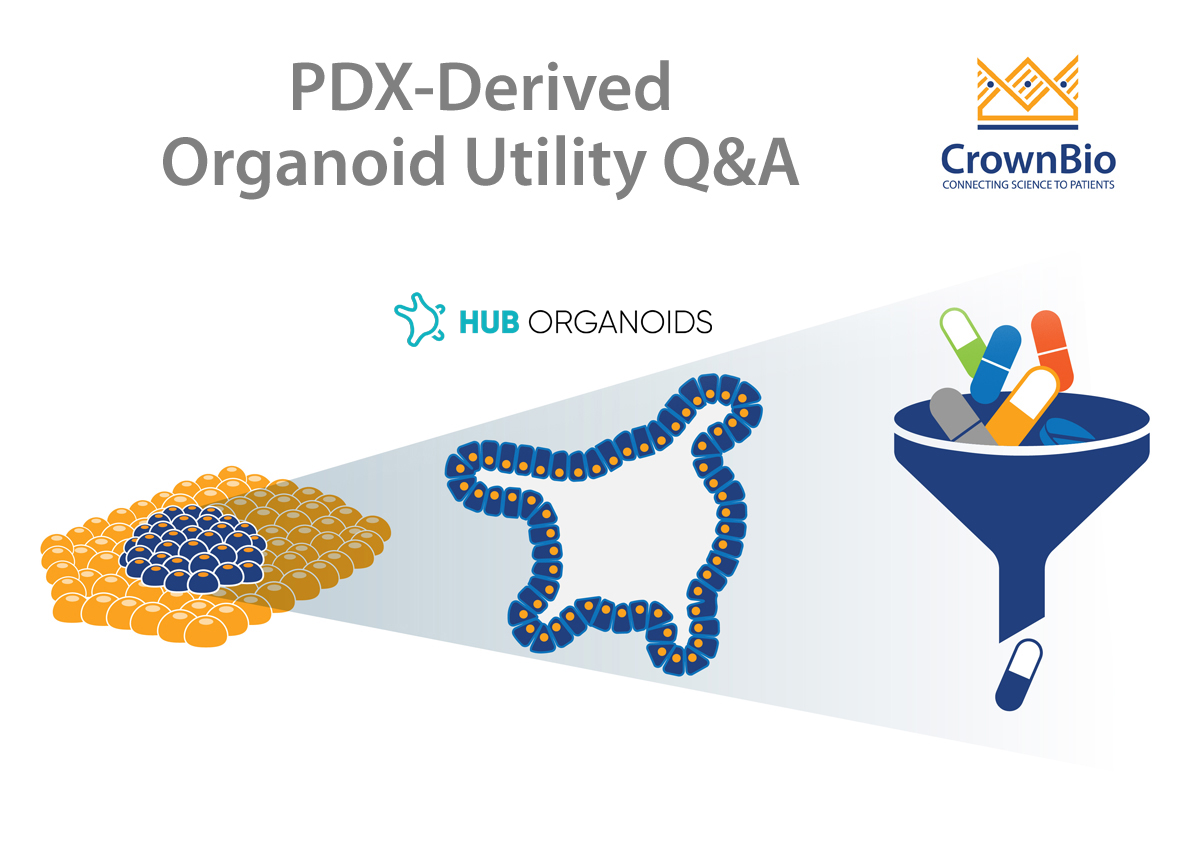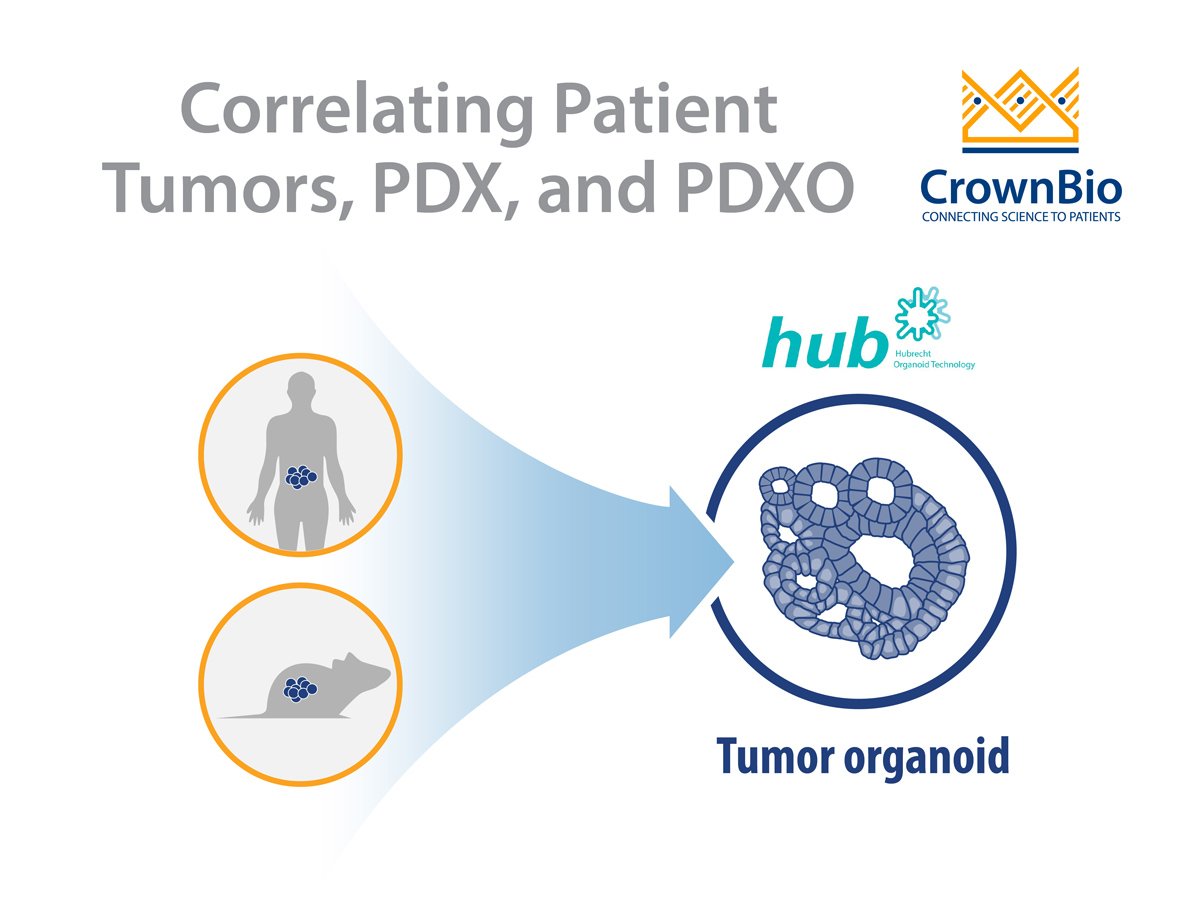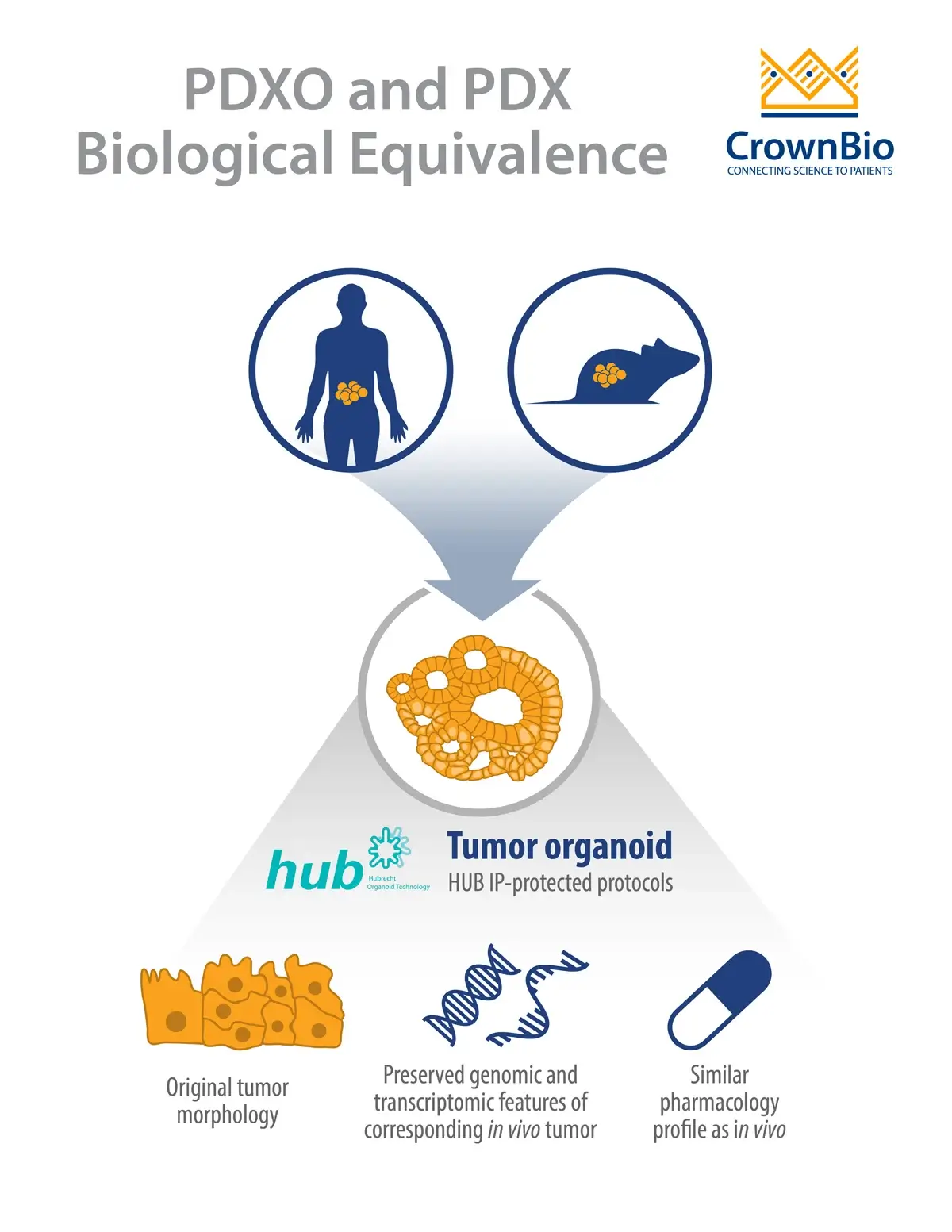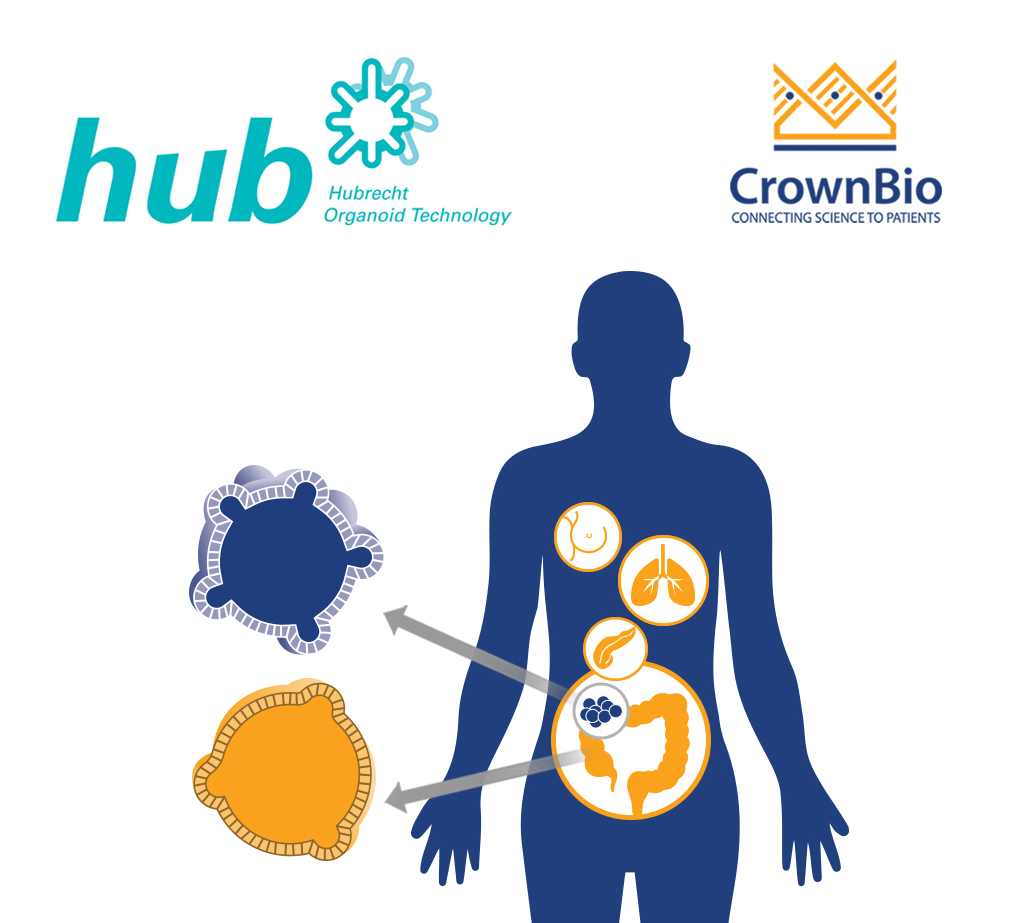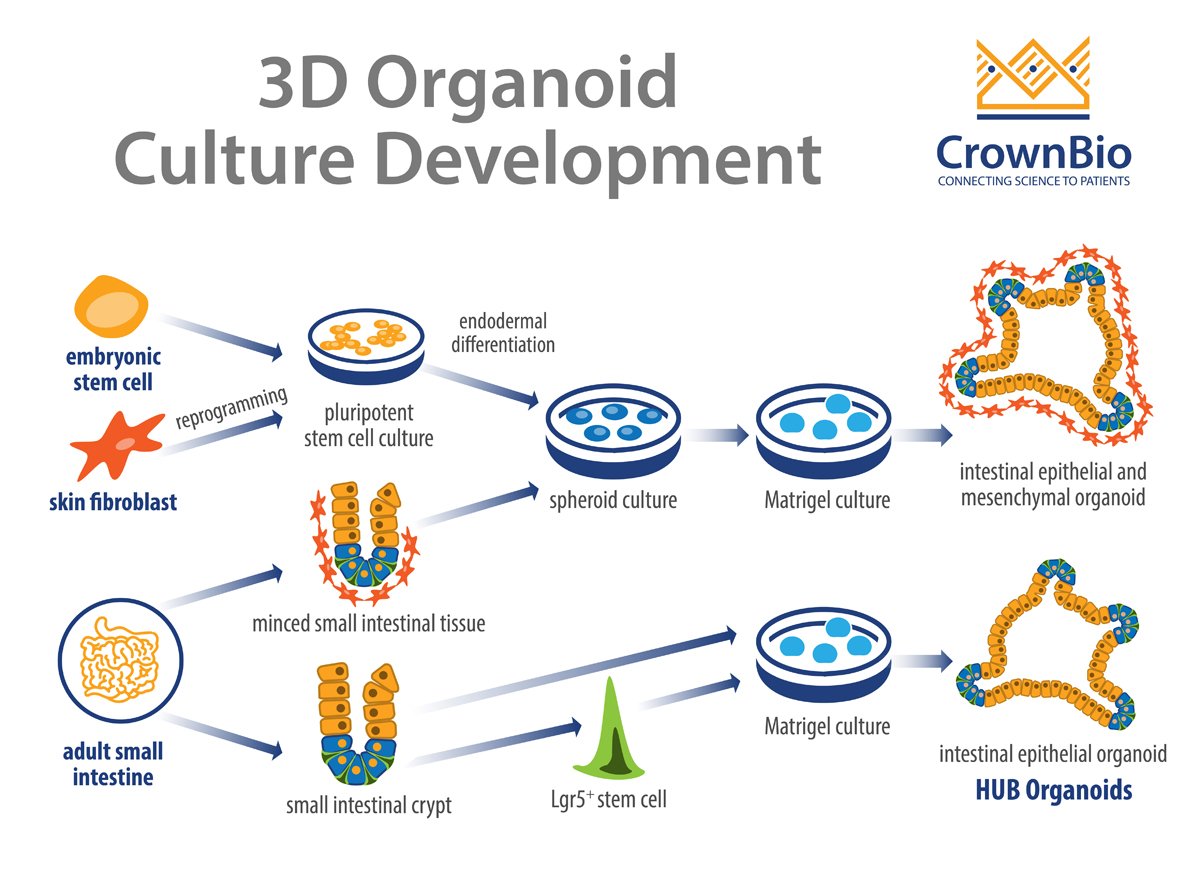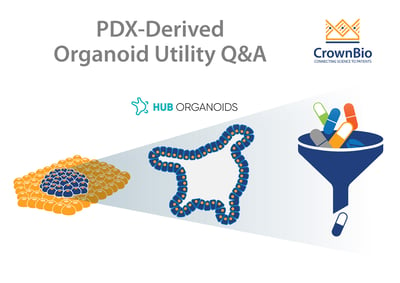 Review the top 12 questions on PDX-derived organoid (PDXO) utilities from our recent webinar, answered by Dr. Rajendra Kumari, Global Head of Scientific Communication.
Review the top 12 questions on PDX-derived organoid (PDXO) utilities from our recent webinar, answered by Dr. Rajendra Kumari, Global Head of Scientific Communication.
High-Throughput Screening using PDXO
In the HTS do you Seed Organoids with Matrigel® or BME or do you use Special Plates?
This is performed with Matrigel.
How many PDXO per Cancer Type do you Recommend to Test when Screening a Compound to have a Reproducible and Robust Result?
The number of models per cancer type will be driven by a number of different factors including how many models are currently available. Our collection is rapidly expanding and we can also provide statistical advice where required.
What is the Standard Length for Compound Testing in PDXO Screening?
Typically, 5 days’ incubation with test agents
Immunological and TME Evaluation with PDXO
How do you use PDXO to Mimic Immunological Interaction of the TME
You can perform co-cultures with immune cells, we have some preliminary studies looking at optimal conditions and assay duration for T cell mediated killing of the organoids. The data will be shared when the protocol is fully established.
For the Different PDXO models, have you Classified According to Cold and Immune Inflamed Tumors, or How Immune Populations Change during Culture and Expansion?
There are no immune cells within the PDXO culture, as the conditions propagate organoids of epithelial origin with the HUB methods. Any immune cells are specifically co-cultured.
You Mentioned that these Organoids can be Grown in Co-Culture with Other Cell Types including Immune Cells. Do you use Patient Matched Immune Cells? Do you have any Validation using Organoids + Immune Cells with I/O Target Modulating Drugs?
We are still developing the co-culture conditions and some of this was presented in our recent EORTC poster. We use healthy PBMCs pre-activated with anti-CD3 and anti-CD28 for 3 days before co-culture with PDXO and validation with immunotherapies is still ongoing. We don’t have autologous PBMCs for the PDXOs - where new PDOs are developed this may be possible.
General PDXO Utilities
Would the PDXO Approach be Feasible When it comes to Personalized Cancer Therapy, or would it take Too Long to Generate the Mouse Model etc.?
The purpose of the PDXO is not for use as a personalized medicine approach but to generate a large library of organoid models for population studies in preclinical research.
Have you Tested Viral Infection of Organoids? (AAV, oncolytic) for Cancer Gene Therapy Applications?
We haven’t done this yet. We hope to pursue this, and are looking at lentiviral transduction initially.
Do you know of any Biobank of Non Tumor Derived Organoids? Organoids Generated from Normal Tissues?
Yes, there are biobanks for normal organoids - we have access to the normal organoids from Hubrecht Organoid Technology (HUB).
Can Cell Lines be Developed from Organoids?
This is not something we have tried.
Is There a Reason that Colorectal Organoids are More Often Used than Organoids from Other Cell Types (e.g. Head and Neck Cancer)?
There is a lot more research using colorectal organoids, and therefore understanding, due to the original protocols developed in the Clevers lab.
How many Divisions do Your PDXO model CSCs undergo in Drug Testing?
This is something that we haven’t look at yet.
Read our other posts to understand more PDXO key questions around model development and correlation with PDX/patient tumors.

